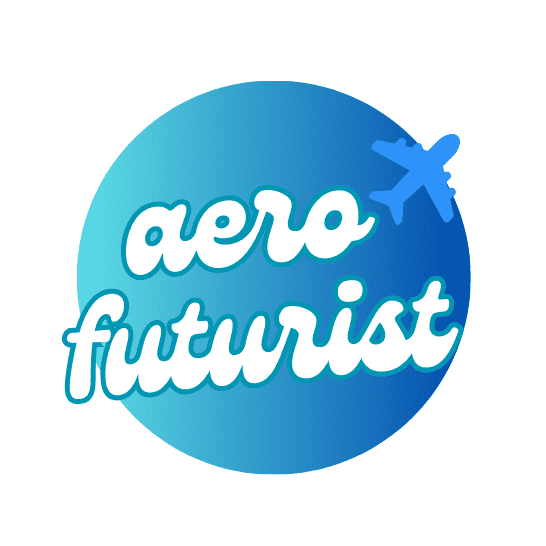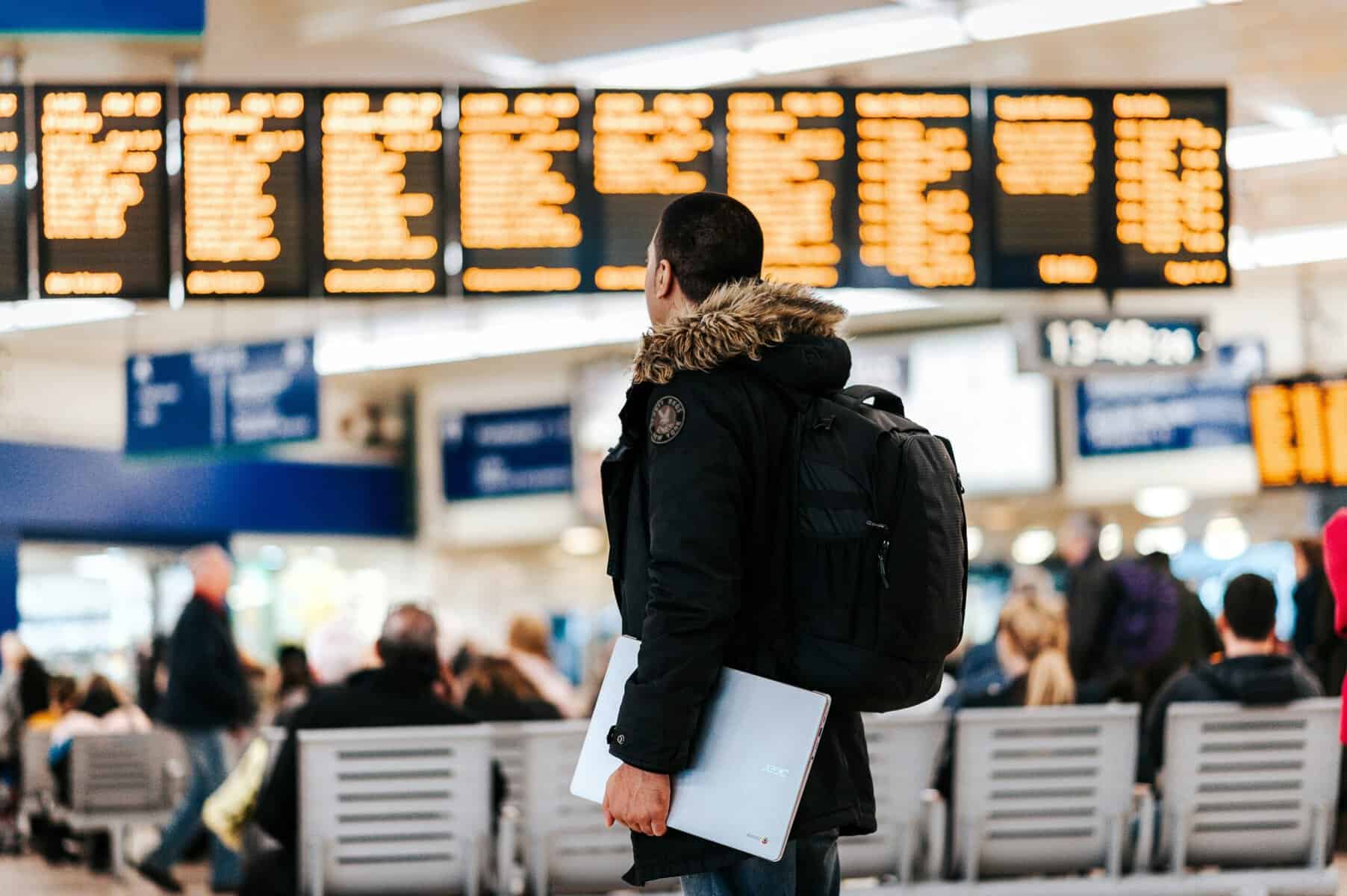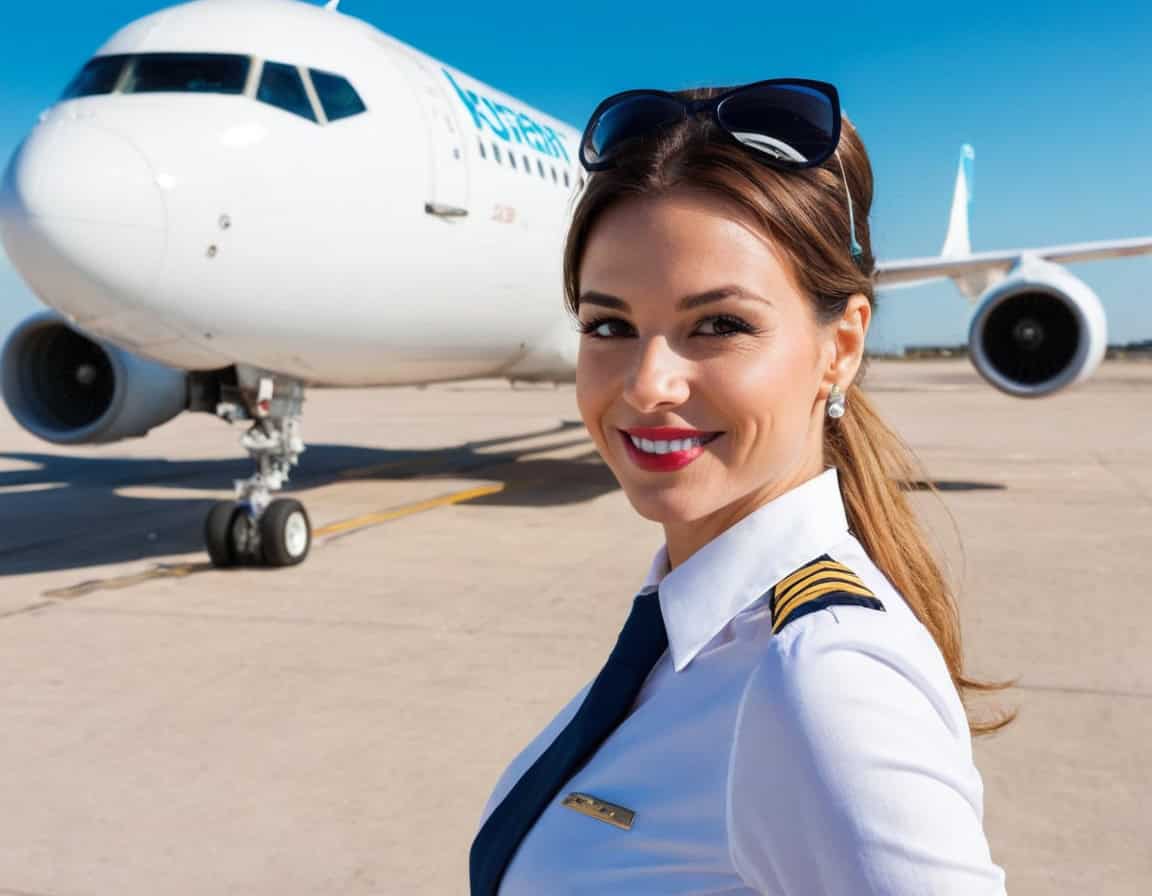Become a flight attendant in Spain: studies, job search, validation
Flight attendants are one of the most active and sought-after jobs to consider while migrating to Spain. And these are not just words: after several months of intensive training and obtaining a work visa, you can work for an airline.
Spain alone is home to 12 airlines, but it also has international hubs with several scheduled flights from around the globe. Spain has two of the top ten busiest airports in the European Union.

What are the requirements for becoming a flight attendant in Europe?
Because flight attendants monitor passenger safety at all stages of the flight, the European Aviation Safety Agency (EASA) has certain standards for future airline personnel.
These are the entry requirements for flight attendant training programs. However, current flight attendants with flight hours in a third nation (not in the European Union) who want to validate their qualifications with EASA must meet somewhat different conditions, which we will go over later.
| Admission criteria for flight attendant training schools in Spain | |
| Parameter | Requirements |
| Age | 17-35 years old |
| Height | Men: 1.68 meters minimum.Women: 1,57 meters minimum. |
| Education | Compulsory secondary education (equivalent to 9 grades), complete secondary education, and secondary specialized education will be a plus. |
| Medical certificate | Class CC (cabin crew), issued by an accredited medical examiner AME in any country of the European Union. |
| Flight attendant certification criteria in Spain | |
| Swimming skills | Upon graduation from school, a future flight attendant must be able to swim 100 m in 2.30 minutes. |
| English proficiency | At ICAO Level 4. The exam consists of oral, written and listening parts. |
Most TCP (Tripulante de Cabina de Pasajeros) schools in Spain teach in Spanish. This is because the AESA license required to work as a flight attendant for Spanish airlines requires fluency in Spanish to meet safety and passenger service standards.
In addition, in order to successfully land a job, future flight attendants must have permission to live and work in the European Union.

Cabin crew studies in Spain
Flight attendant training in Spain typically lasts between two and four months, depending on the training center and the complexity of the program. The courses provide both academic and practical training in areas such as aviation safety, first aid, and emergency management.
The primary stages of the TCP program are:
- Theoretical classes are approximately 120-150 hours and cover topics such as aviation security, airline laws, working with passengers, and aircraft equipment.
- Practical training includes instruction in passenger evacuation, first aid, firefighting, swimming, and other physical abilities.
After completing the program, students take exams and get an AESA license, which is required to operate as a flight attendant and is valid throughout the European Union, the European Economic Area, and Switzerland.
The cost of TCP training varies based on the training location, as we shall explore in greater detail in the following section.
The Aviation Safety Agency has recognized 157 schools that teach flight attendants through the TCP program. A complete list of such schools can be found on the official AESA website.
In addition, to assist you in making your decision, we have created a map of all the schools, complete with contact information. It can be accessed in full-screen view via this link.
Choosing a center for flight attendant training in Spain
The main schools with branches across Spain stand out among the 157 training centers that provide flight attendant training. Although training at these facilities is typically more expensive, graduates may have a higher chance of landing a job with prestigious European airlines.
This is owing to the fact that institutions help students find work by collaborating with airlines, assisting graduates in writing resumes, passing interviews, and preparing for employment with international airlines.
Furthermore, such institutions offer to prepare presentations with airline officials during which pupils would be able to pass the selection process promptly.
Large institutions have their own simulators and swimming pools, which allow students to train in settings similar to those found in real life.
Air Hostess
Air Hostess is one of the largest flight attendant training schools in Spain. Training programs include the basic TCP license as well as advanced training for business and first class.
In addition, Air Hostess trains ground handling agents (TOA program) and business aviation flight attendants. Air Hostess students can enroll in additional English classes to successfully pass exams.
Air Hostess has branches throughout Spain, including cities such as Madrid, Barcelona, Malaga, and Valencia.
CAEA
CAEA (Centro de Altos Estudios Aeronáuticos) is not inferior in size and approach to training. In addition to flight attendants, the center trains specialists in ground handling and airport staff to work with passengers. The school offers in-depth study of safety procedures, firefighting and evacuation, techniques for effective interaction with passengers, conflict management, as well as training for working with passengers from different cultural backgrounds.
CAEA also has many branches in different cities in Spain. Some programs can be adapted to students, including the possibility of completing part of the training remotely.
Bravo19
The Bravo19 school trains flight attendants and pilots using a network of flight simulators. Bravo19 instructors are active crew members with extensive experience. The school has branches in various cities in Spain, such as Barcelona, Bilbao, Seville, and Madrid.
The average cost of studying TCP in Spain is between 2000 and 3000 euros.
Working as a flight attendant in Spain
Graduating from flight attendant school and passing exams do not guarantee employment. The next step is to create a flight attendant CV and submit it to airlines.
Many prominent European airlines, such as Vueling, recruit applicants for their own school, which provides 28 working days of training and guarantees the student a contract upon completion. Admission to this school requires proficiency in European languages (including Spanish, Italian, and French), a clean criminal background, and an EU work permit.
Living near an airline hub (e.g., Vueling in Barcelona, Paris, Amsterdam, and Rome), speaking other languages, and demonstrating valuable soft skills like customer communication, stress resistance, and a drive to learn might increase your chances of success in employment.
Revalidation of qualifications for present flight attendants in Spain
If you want to convert your ICAO flight attendant license to an EASA license, you will most likely need to undergo training. The conversion process follows EASA criteria, which may differ from those in non-EU nations. The main steps are:
- Validate your license. An EASA-approved training organization or airline must evaluate your present qualifications. If there are any inconsistencies between your ICAO training and EASA criteria, you will need to complete additional training. Sometimes the differences are minor, such as in a theory examination or a language competency certificate.
- Additional training. However, it is normally necessary to receive training in European aviation legislation, safety procedures and emergency procedures, first aid and firefighting in accordance with EASA requirements, and crew resource management.
- Exams. Passing the examinations will allow you to begin working as a flight attendant for an airline licensed in the European Union.
- To successfully begin a career in Europe, you must have a class CC medical certificate.
Unfortunately, we were unable to obtain specific information on whether it is feasible to convert the flight rating with the retention of flight hours, as it appears that EASA (in the case of Spain, AESA) makes separate determinations for each candidate. Furthermore, your experience may be used to reduce the number of retraining hours required. However, we will update this story as soon as we obtain an official response to the request to AESA.
Good luck in your career start in Europe!



